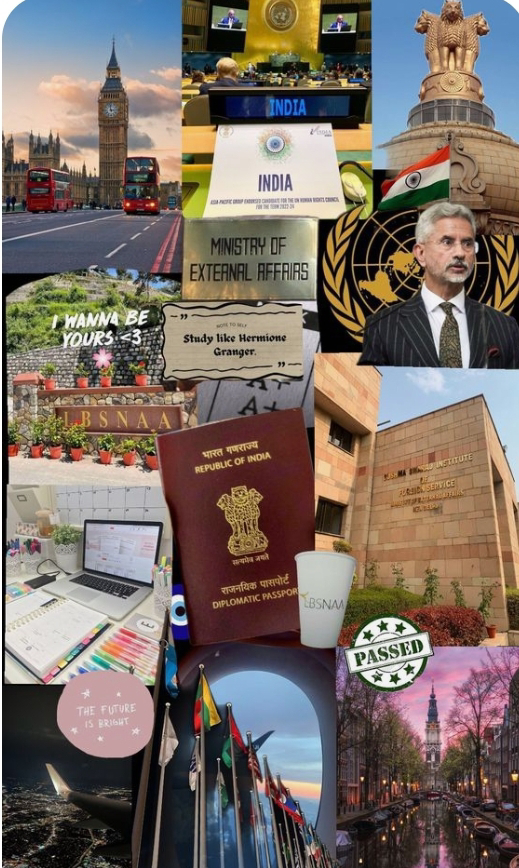Some questions and solutions about parrots:
General information
1. What is the scientific identity of a parrot?
Answer: Psittacidae (family).
2. How many species of parrots are there?
Answer: 393.
3. What is the normal lifespan of a parrot?
Answer: 30-80 years.
Physical characteristics
1. What is special about a parrot's beak?
Answer: Curved, strong and colorful.
2. How many colors can parrots show?
Answer: Up to 10.
3. What is special about a parrot's feet?
Answer: Zygodactylous (two toes in front, two behind).
Habitat and diet
1. Where do parrots live mainly?
Answer: Tropical regions.
2. What do parrots usually eat?
Answer: Fruits, seeds, nuts.
3. Do parrots drink water?
Answer: Yes.
Behavior and Intelligence
1. Are parrots intelligent?
Answer: Yes.
2. Can parrots mimic human speech?
Answer: Yes.
3. How do parrots communicate?
Answer: Vocalizations, body language.
Conservation Status
1. Are parrots endangered?
Answer: Some species.
2. What threatens parrot populations?
Answer: Habitat loss, hunting, trade.
3. Are parrots protected?
Answer: Internationally.
Interesting Facts
1. Can parrots fly backwards?
Answer: Yes.
2. How fast can parrots fly?
Answer: Up to 35 miles per hour.
3. What is special about parrots' wings?
Answer: Colorful, waterproof.
Mythology and Symbolism
1. In historical Greece, which deity was once associated with parrots?
Answer: Aphrodite.
2. What does the parrot symbolize?
Answer: Intelligence, beauty, playfulness.
3. In some cultures, what non-religious significance do parrots have?
Answer: Messengers between people and gods.
तोते के बारे में कुछ सवाल और समाधान:
सामान्य जानकारी
1. तोते की वैज्ञानिक पहचान क्या है?
उत्तर: सिटासिडे (परिवार)।
2. तोते की कितनी प्रजातियाँ हैं?
उत्तर: 393.
3. तोते का सामान्य जीवनकाल कितना होता है?
उत्तर: 30-80 वर्ष।
शारीरिक विशेषताएँ
1. तोते की चोंच में क्या खासियत है?
उत्तर: घुमावदार, मजबूत और रंगीन।
2. तोते कितने रंग दिखा सकते हैं?
उत्तर: 10 तक।
3. तोते के पैरों में क्या खासियत है?
उत्तर: जाइगोडैक्टाइलस (दो पंजे आगे, दो पीछे)।
आवास और आहार
1. तोते मुख्य रूप से कहाँ रहते हैं?
उत्तर: उष्णकटिबंधीय क्षेत्र।
2. तोते आम तौर पर क्या खाते हैं?
उत्तर: फल, बीज, मेवे।
3. क्या तोते पानी पीते हैं?
उत्तर: हाँ।
व्यवहार और बुद्धिमत्ता
1. क्या तोते बुद्धिमान होते हैं?
उत्तर: हाँ।
2. क्या तोते मानव भाषण की नकल कर सकते हैं?
उत्तर: हाँ।
3. तोते कैसे संवाद करते हैं?
उत्तर: स्वर, शारीरिक भाषा।
संरक्षण स्थिति
1. क्या तोते खतरे में हैं?
उत्तर: कुछ प्रजातियाँ।
2. तोते की आबादी को क्या खतरा है?
उत्तर: आवास की हानि, शिकार, व्यापार।
3. क्या तोते संरक्षित हैं?
उत्तर: अंतरराष्ट्रीय स्तर पर।
रोचक तथ्य
1. क्या तोते पीछे की ओर उड़ सकते हैं?
उत्तर: हाँ।
2. तोते कितनी तेज़ी से उड़ सकते हैं?
उत्तर: 35 मील प्रति घंटे तक।
3. तोते के पंखों में क्या खासियत है?
उत्तर: रंगीन, जलरोधी।
पौराणिक कथाएँ और प्रतीकवाद
1. ऐतिहासिक ग्रीस में, किस देवता को कभी तोते से जोड़ा जाता था?
उत्तर: एफ़्रोडाइट।
2. तोता किसका प्रतीक है?
उत्तर: बुद्धिमत्ता, सुंदरता, चंचलता।
3. कुछ संस्कृतियों में, तोते का गैर-धार्मिक महत्व क्या है?
उत्तर: लोगों और देवताओं के बीच संदेशवाहक।
tote ke baare mein kuchh savaal aur samaadhaan:
saamaany jaanakaaree
1. tote kee vaigyaanik pahachaan kya hai?
uttar: sitaaside (parivaar).
2. tote kee kitanee prajaatiyaan hain?
uttar: 393.
3. tote ka saamaany jeevanakaal kitana hota hai?
uttar: 30-80 varsh.
shaareerik visheshataen
1. tote kee chonch mein kya khaasiyat hai?
uttar: ghumaavadaar, majaboot aur rangeen.
2. tote kitane rang dikha sakate hain?
uttar: 10 tak.
3. tote ke pairon mein kya khaasiyat hai?
uttar: jaigodaiktailas (do panje aage, do peechhe).
aavaas aur aahaar
1. tote mukhy roop se kahaan rahate hain?
uttar: ushnakatibandheey kshetr.
2. tote aam taur par kya khaate hain?
uttar: phal, beej, meve.
3. kya tote paanee peete hain?
uttar: haan.
vyavahaar aur buddhimatta
1. kya tote buddhimaan hote hain?
uttar: haan.
2. kya tote maanav bhaashan kee nakal kar sakate hain?
uttar: haan.
3. tote kaise sanvaad karate hain?
uttar: svar, shaareerik bhaasha.
sanrakshan sthiti
1. kya tote khatare mein hain?
uttar: kuchh prajaatiyaan.
2. tote kee aabaadee ko kya khatara hai?
uttar: aavaas kee haani, shikaar, vyaapaar.
3. kya tote sanrakshit hain?
uttar: antararaashtreey star par.
rochak tathy
1. kya tote peechhe kee or ud sakate hain?
uttar: haan.
2. tote kitanee tezee se ud sakate hain?
uttar: 35 meel prati ghante tak.
3. tote ke pankhon mein kya khaasiyat hai?
uttar: rangeen, jalarodhee.
pauraanik kathaen aur prateekavaad
1. aitihaasik grees mein, kis devata ko kabhee tote se joda jaata tha?
uttar: efrodait.
2. tota kisaka prateek hai?
uttar: buddhimatta, sundarata, chanchalata.
3. kuchh sanskrtiyon mein, tote ka gair-dhaarmik mahatv kya hai?
uttar: logon aur devataon ke beech sandeshavaahak.





Comments
Post a Comment